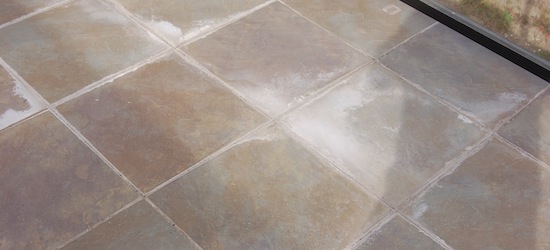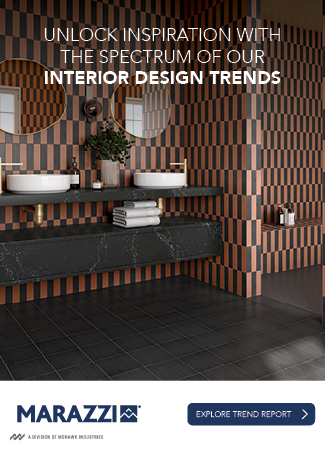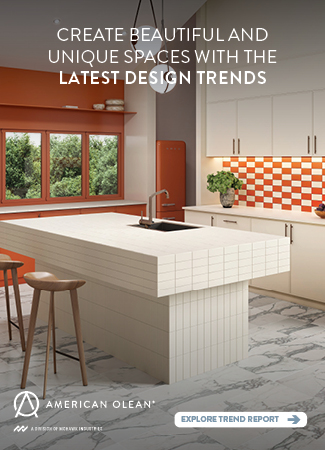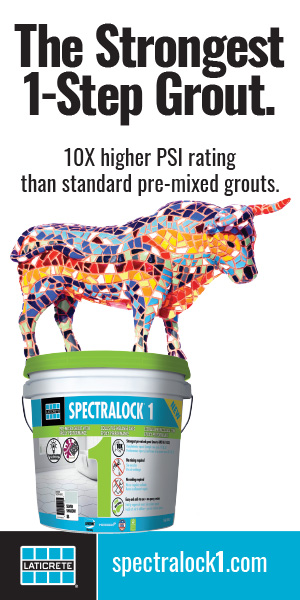This month’s Ask the Experts questions center on problems with efflorescence. –Ed.
QUESTION
I see efflorescence on numerous exterior tile jobs. Is there an accepted industry standard for how this is handled? How long is an installer responsible for removing it? Or is there an industry standard that addresses this issue? It seems to be an issue with black or dark color grouts in shower pans. Any insights are appreciated.
ANSWER
There is not an acceptable industry standard for efflorescence. The legal statute of limitations for warranty work varies by state or municipality. The best practice is to design and install the project so as to avoid efflorescence.
When efflorescence occurs, there are a variety of ways to deal with it, but it may not ever go away fully. Please see the Efflorescence Problem/Prevention/Cure document on page 246 of the 2022/2023 edition of the NTCA Reference Manual for more information.
This might be a discussion to have with Custom Building Products’ Will White or Mike Micalizzi who have seats on the NTCA’s Technical Committee. They may wish to address this as an informational letter or document for the committee to consider developing in the NTCA Reference Manual.
I agree that black and dark grouts can sometimes be problematic, especially in wet areas.
QUESTION
We are having trouble removing “efflorescence” from an exterior porcelain panel wall. We have tried a number of “efflorescence” removers over many years in business and they simply are not real effective. I tried another yesterday with very little luck. I assume there is a true difference between calcium deposits and efflorescence. Do you agree and can you tell me the difference?
Our situation: We have approximately 54″x108″ thin porcelain panels installed on the exterior feature wall of an office building in Radnor, Pa. The township required the use of clips to reassure the panels were not totally dependent on mortar bond. We supplied clips from the porcelain panel manufacturer that were powder coated to match shade of the panels. After approximately one year, mineral deposits began leaching out of the areas where the clips occur; not all locations are leaching (at all) and/or in the same fashion. Approximately 30% of clip areas are leaching.
One obvious problem is the vertical surface prohibits our efflorescence remover to sit on the efflorescence deposit for any real amount of time. We are charged with removing the deposits first, then developing a solution to eliminate future episodes. (By the way all grout joints were caulked.) I believe the clip areas are allowing moisture, in the form of rain, to penetrate back into the assembly to the thin-set setting bed. Under the setting bed there is a waterproof membrane over the plywood sheathing.
ANSWER
The efflorescence could be appearing as a result of voids in the bond coat at the mechanical fastener locations. If this is the case, the minerals being released and resulting as efflorescence would most likely be originating from the bond coat.
Your best course of action would be to contact the manufacturer of the bond coat that you used for the installation. They will know the chemistry or mineralogy of their product and will be able to recommend a means to remove the efflorescence. Some removers come in a gel form designed to stay on a vertical surface long enough to act on the efflorescence.
Let us know if we can help put you in touch with the technical department of the setting materials manufacturer.






